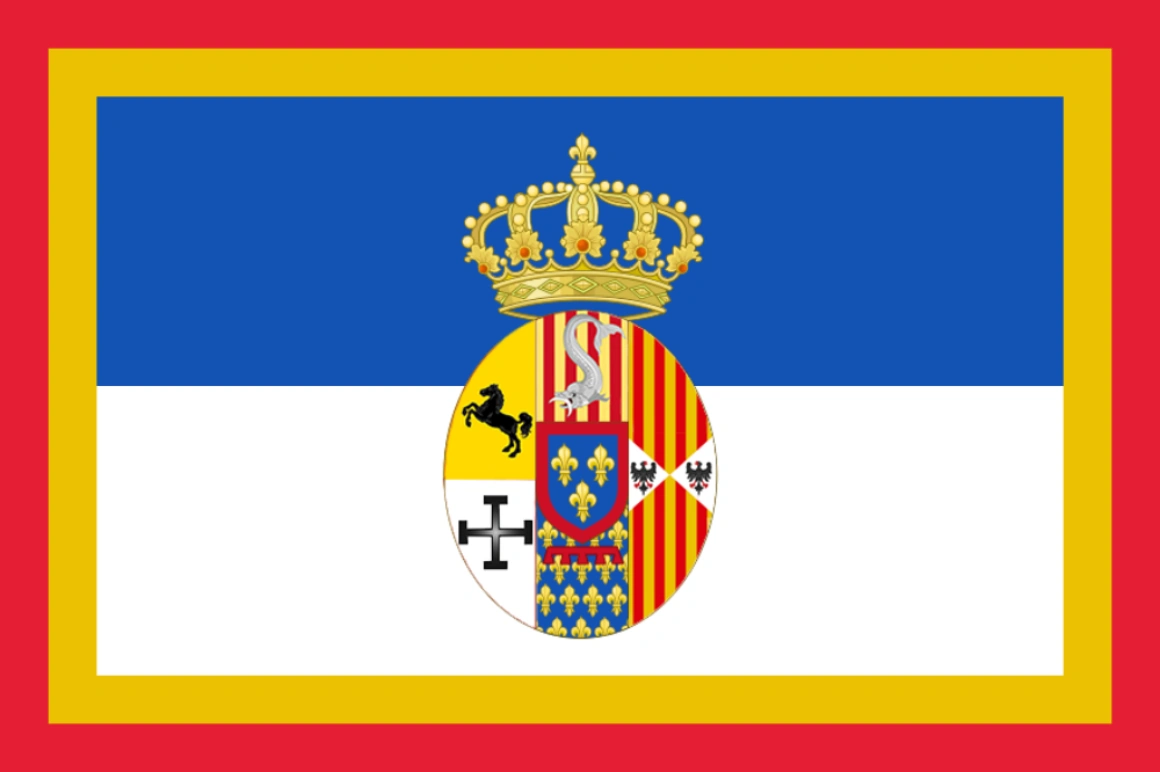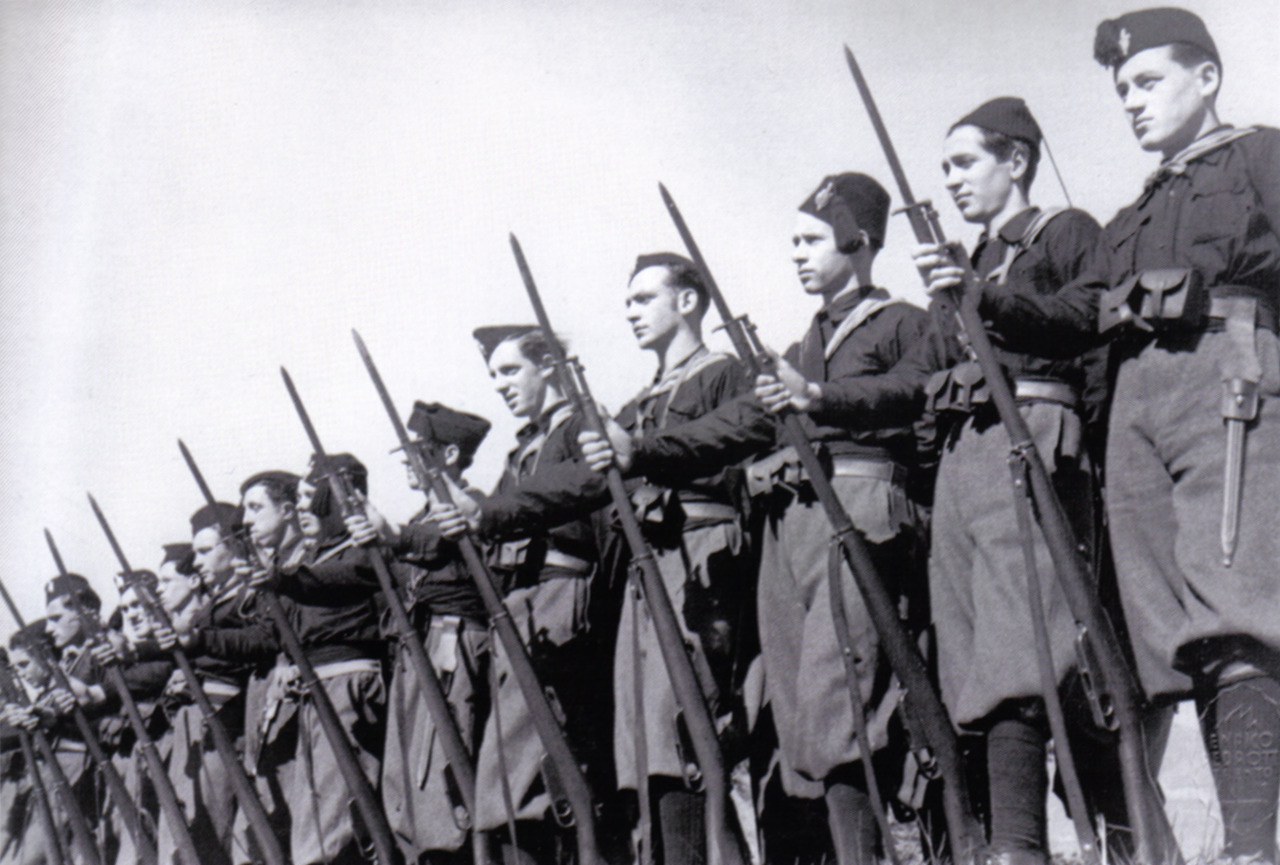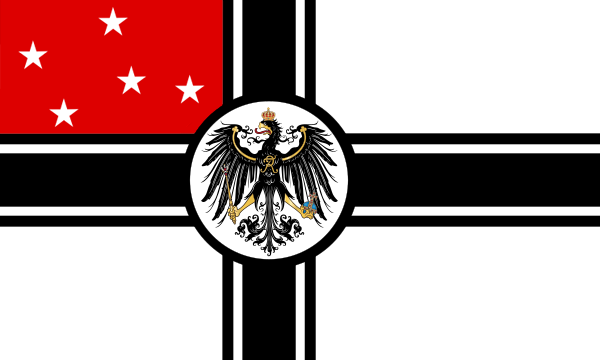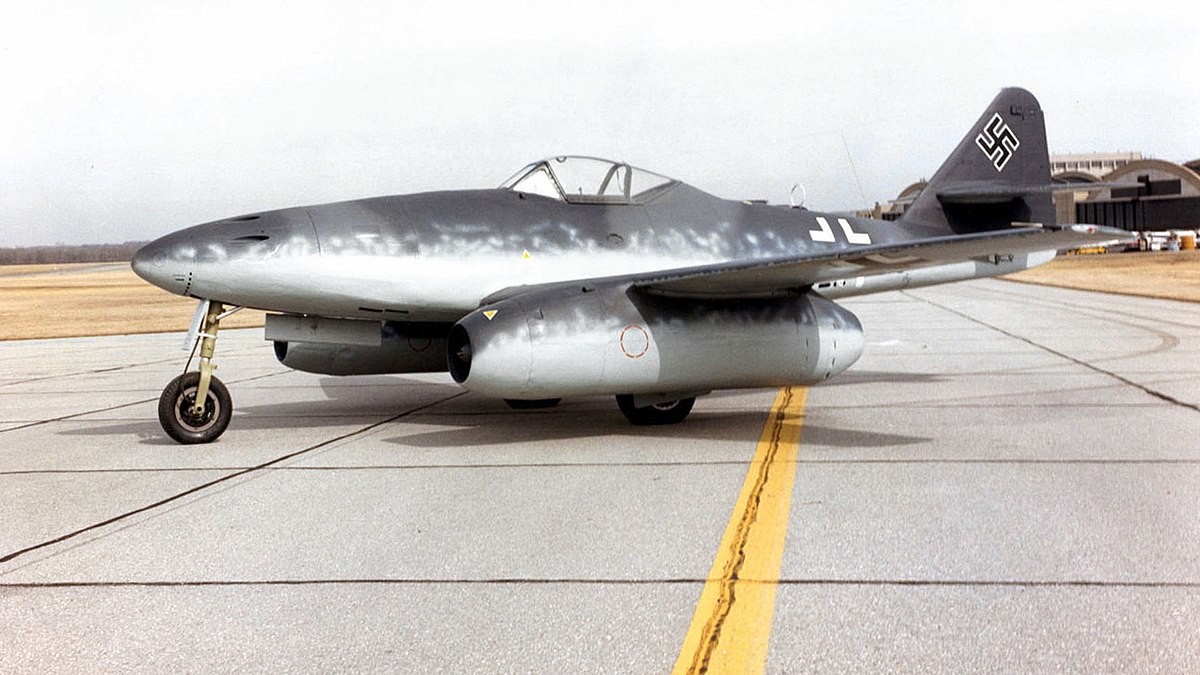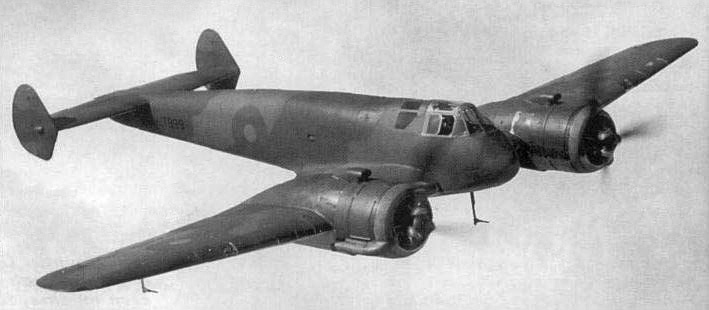Tiburon
Banned
Don’t know if this is the right section to post this, but I was inspired and so decided to at least do an intro, see if anyone likes it.
The year is 1952, but a very different 1952 from the one that we know. The universe is that of Kaiserreich, were Germany won the First World War and things developed from there. It’s a world scarred by atomic fire and divided into three mutually hostile factions.
Eastern Europe and much of the Far East are dominated by the Russian State. It’s been fifteen years since Boris Savinkov rose to power in Russia, and the hulking titan he has transformed the country into would be unrecognizable to anyone back in 1936. The Russian Army stands at six million strong, with another half a million men in the navy and air force. The Russians possess a massive fleet with four heavy carriers and fifteen “regular” carriers scattered amongst four fleets, plus over a hundred and fifty submarines. Savinkov invested extremely heavily into the Air Force as well, and Russia is the world’s first and most enthusiastic user of jet aircraft, with the new MiG-15 fighter being a point of particular pride.
In Eastern Europe Russia’s sphere extends from Vienna to Helsinki, from Sofia to Venice, from Belgrade to Oslo. Russian allies in the Middle East include a rump Turkish State, Syria, Armenia, Persia, Kurdistan and Iraq; African allies include Tripolitania, Somalia, and a rump South African state which amounts to a heavily armed camp. Japan has been subdued after a half a dozen nuclear strikes and an extensive naval campaign which saw three carriers sunk at sea and the Japanese merchant fleet destroyed; Korea, Manchuria and the renewed Republic of China face off against the German AOG corporate state.
Russia, in addition to being the only power to use nuclear weapons in warfare thus far, possesses at least two dozen nuclear bombs stored at airbases across Poland(a fervent Russian ally after they were liberated from the Dzerzhinsky government, imposed on Poland by the syndicalists in the Ukraine) and the Mediterranean.

One of the last bastions of any variety of syndicalism anywhere in the world, the totalist USSA straddles the New World as a titan. With puppet states in Canada, Quebec, Mexico, Central America and the Caribbean, the USSA has managed to restore the red tide somewhat after the destruction of the Internationale in the Second Weltkrieg. Currently sponsoring insurrections throughout the former Brazilian states and in Peru. The USSA is a totalist state—- just as the Mosley and Valois governments were—- and drew condemnation from Berlin for providing a safe haven for fleeing Totalist leaders after the war. USSA- Russian relations are complex, to say the least—- many American volunteers fighting for the Valois government were declared “terrorists” and summarily shot by Combat Squad officers, particularly in the final desperate months of the Battle of Paris; on the other hand, Russian troops worked closely with the USSA during the Third Weltkrieg, helping smash the Cascadian Revolt(which, it should be noted, they did with incredibly brutally—- even some eight years later Portland is still largely ruins) and participating in the bloody Ottawa campaign.
The Americans have a large army and vast fleet, but they are increasingly overstretched; guerrilla warfare in Mexico is taking its toll, and Longite and Federalist insurgent remain a growing concern in areas outside the large cities. The USSA does not have a nuclear bomb as of yet, but work is ongoing in secret “science cities” on the West Coast. The Americans do have jet fighters—- the F-84 Thunderjet, whose first major appearance was to help crush a revolt in the Dominican capital of Santo Domingo in 1950.

Europe’s former predominant hegemon, Germany has emerged vindicated yet more in peril than ever before following the Second and Third Weltkriegs. The Schulenberg-Odinets Pact of 1939, also known as the “Deal with the Devil” in German liberal circles, brought the massive armies of the Russian State to bear against the Internationale. This ensured a coalition victory—- Russia’s massive armies could have ripped through the lightly defended eastern lands like a knife through butter with the bulk of the German army struggling to hold the Rhine defensive line—-but victory has only brought more troubles. Mittleafrika is holding together by a thread, with the promised 1953 autonomy referendums looming large across the continent, buoyed by former Premier Goering’s idiotic decision to absorb the entirety of Angola and Mozambique into his already overstretched realm and the gain of the former South African northern lands and Ethiopia after the Third Weltkrieg. Already the Russians are probing for cracks; SVT-40 rifles are found in the hands of Kikuyu rebels operating from safe havens in Somalia, and Islamist rebels are increasingly active just across the border from Russian-allied Mauritania. The AOG is in a similar state with Chinese Republican and Manchurian agitators active throughout the countryside; whispers of freedom travel to the Dutch East Indies, already having narrowly survived one uprising during the Second Weltkrieg, from the Russian-aligned Philippines; Finnish and Norwegian raiders clash with Swedish border guards; the Syrians, Turks and Persians rattle their sabers at the unsteady German allied regimes in Egypt and Arabia. Victory, it seems, only brings its own problems.
And that’s not even getting into the total hell Italy has descended into.
The year is 1952, but a very different 1952 from the one that we know. The universe is that of Kaiserreich, were Germany won the First World War and things developed from there. It’s a world scarred by atomic fire and divided into three mutually hostile factions.

Eastern Europe and much of the Far East are dominated by the Russian State. It’s been fifteen years since Boris Savinkov rose to power in Russia, and the hulking titan he has transformed the country into would be unrecognizable to anyone back in 1936. The Russian Army stands at six million strong, with another half a million men in the navy and air force. The Russians possess a massive fleet with four heavy carriers and fifteen “regular” carriers scattered amongst four fleets, plus over a hundred and fifty submarines. Savinkov invested extremely heavily into the Air Force as well, and Russia is the world’s first and most enthusiastic user of jet aircraft, with the new MiG-15 fighter being a point of particular pride.
In Eastern Europe Russia’s sphere extends from Vienna to Helsinki, from Sofia to Venice, from Belgrade to Oslo. Russian allies in the Middle East include a rump Turkish State, Syria, Armenia, Persia, Kurdistan and Iraq; African allies include Tripolitania, Somalia, and a rump South African state which amounts to a heavily armed camp. Japan has been subdued after a half a dozen nuclear strikes and an extensive naval campaign which saw three carriers sunk at sea and the Japanese merchant fleet destroyed; Korea, Manchuria and the renewed Republic of China face off against the German AOG corporate state.
Russia, in addition to being the only power to use nuclear weapons in warfare thus far, possesses at least two dozen nuclear bombs stored at airbases across Poland(a fervent Russian ally after they were liberated from the Dzerzhinsky government, imposed on Poland by the syndicalists in the Ukraine) and the Mediterranean.
One of the last bastions of any variety of syndicalism anywhere in the world, the totalist USSA straddles the New World as a titan. With puppet states in Canada, Quebec, Mexico, Central America and the Caribbean, the USSA has managed to restore the red tide somewhat after the destruction of the Internationale in the Second Weltkrieg. Currently sponsoring insurrections throughout the former Brazilian states and in Peru. The USSA is a totalist state—- just as the Mosley and Valois governments were—- and drew condemnation from Berlin for providing a safe haven for fleeing Totalist leaders after the war. USSA- Russian relations are complex, to say the least—- many American volunteers fighting for the Valois government were declared “terrorists” and summarily shot by Combat Squad officers, particularly in the final desperate months of the Battle of Paris; on the other hand, Russian troops worked closely with the USSA during the Third Weltkrieg, helping smash the Cascadian Revolt(which, it should be noted, they did with incredibly brutally—- even some eight years later Portland is still largely ruins) and participating in the bloody Ottawa campaign.
The Americans have a large army and vast fleet, but they are increasingly overstretched; guerrilla warfare in Mexico is taking its toll, and Longite and Federalist insurgent remain a growing concern in areas outside the large cities. The USSA does not have a nuclear bomb as of yet, but work is ongoing in secret “science cities” on the West Coast. The Americans do have jet fighters—- the F-84 Thunderjet, whose first major appearance was to help crush a revolt in the Dominican capital of Santo Domingo in 1950.
Europe’s former predominant hegemon, Germany has emerged vindicated yet more in peril than ever before following the Second and Third Weltkriegs. The Schulenberg-Odinets Pact of 1939, also known as the “Deal with the Devil” in German liberal circles, brought the massive armies of the Russian State to bear against the Internationale. This ensured a coalition victory—- Russia’s massive armies could have ripped through the lightly defended eastern lands like a knife through butter with the bulk of the German army struggling to hold the Rhine defensive line—-but victory has only brought more troubles. Mittleafrika is holding together by a thread, with the promised 1953 autonomy referendums looming large across the continent, buoyed by former Premier Goering’s idiotic decision to absorb the entirety of Angola and Mozambique into his already overstretched realm and the gain of the former South African northern lands and Ethiopia after the Third Weltkrieg. Already the Russians are probing for cracks; SVT-40 rifles are found in the hands of Kikuyu rebels operating from safe havens in Somalia, and Islamist rebels are increasingly active just across the border from Russian-allied Mauritania. The AOG is in a similar state with Chinese Republican and Manchurian agitators active throughout the countryside; whispers of freedom travel to the Dutch East Indies, already having narrowly survived one uprising during the Second Weltkrieg, from the Russian-aligned Philippines; Finnish and Norwegian raiders clash with Swedish border guards; the Syrians, Turks and Persians rattle their sabers at the unsteady German allied regimes in Egypt and Arabia. Victory, it seems, only brings its own problems.
And that’s not even getting into the total hell Italy has descended into.
